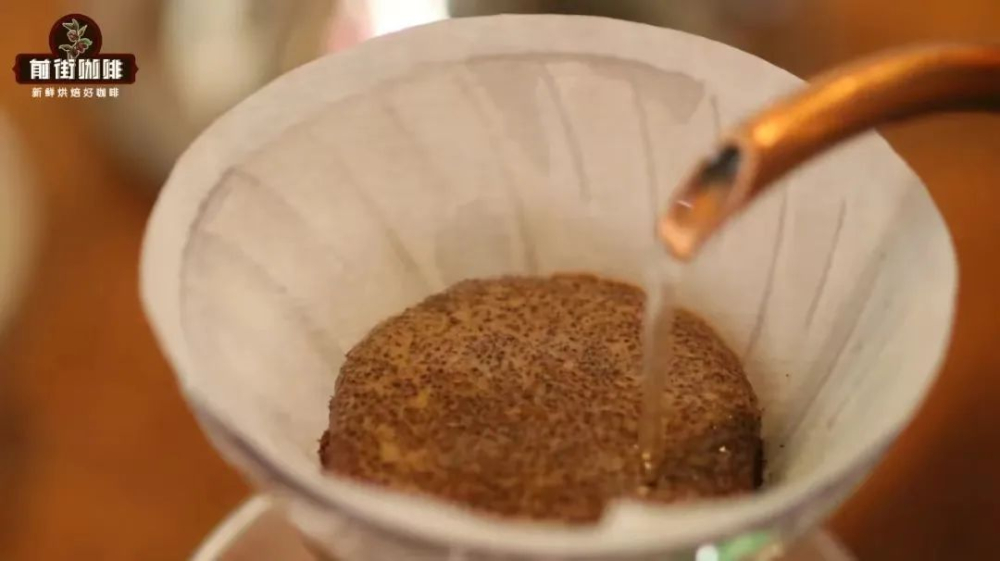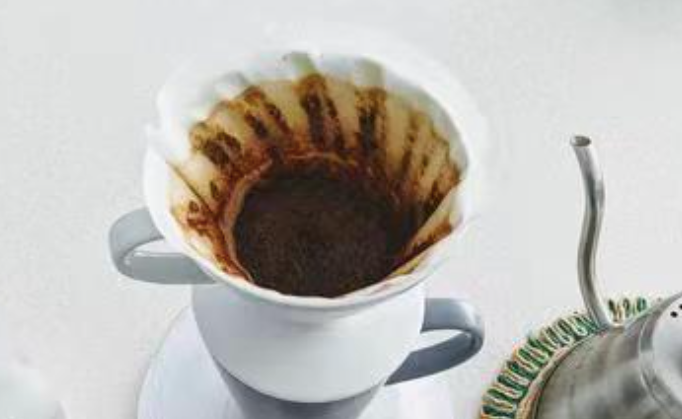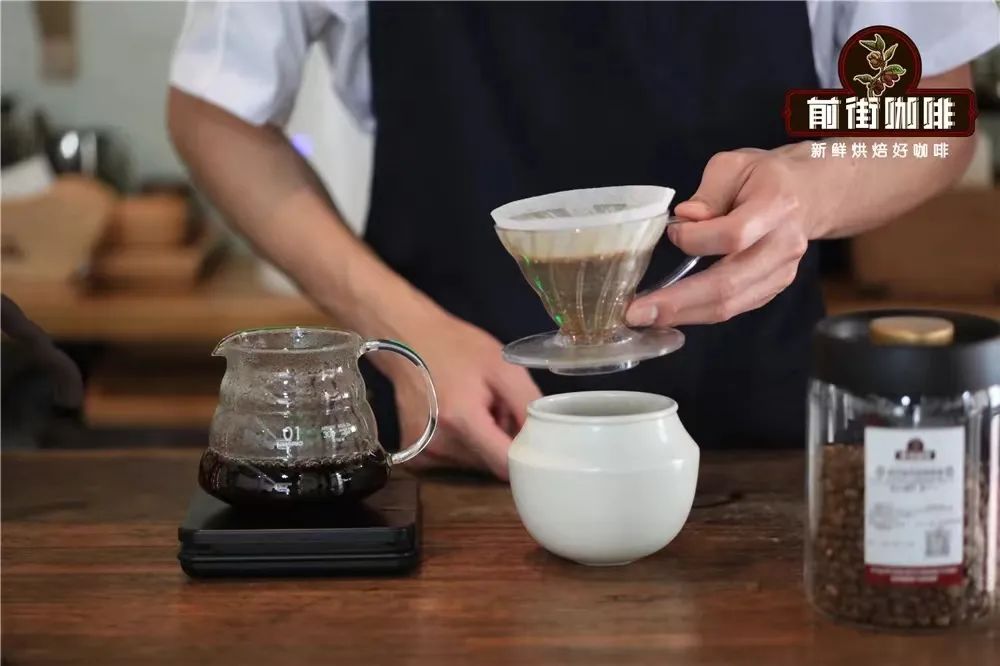There are five major misunderstandings in hand-brewed coffee. What are the problems in making coffee?
Hand-brewing coffee is an easy and difficult course to master! In today's era of more and more online learning information, the threshold for self-study is getting lower and lower, but the "free" knowledge is often lack of systematic carding, and it is difficult to cover all aspects. As a result, many self-taught friends are very easy to get into misunderstanding. So you will often hear voices of persuasion, "it's better for someone to lead you into a whole new field, or it's easy to go the wrong way, and it will be much harder to set things right than a blank sheet of paper!"
Here in front of the street said that a few self-taught hand coffee is relatively easy to encounter misunderstanding. Misunderstanding one: timing after steaming and injecting water, there is no ambiguity in the saying that it takes 30 seconds for steaming, and the ambiguity lies in when to start the timing. Some friends start timing from the moment of water injection, while others start timing after using water injection. Then the timing time of the two is 8-9 seconds apart.

Anyone who understands the principle of steaming should know that it actually works from the moment the water comes into contact with the coffee powder. If the time is 30 seconds after the use of water injection, then the time of steaming should actually be about 38-39 seconds. So the right thing to do is to start timing at the moment of water injection. Misunderstanding 2: many friends see that some baristas use the action of throwing water when injecting water (throwing water, a kind of inertia movement caused by the difference between the height of the opening and the height of the water column caused by the use of the wrist to control the injection kettle), which looks very cool. so they followed suit.

Novices in Qianjie are not advised to use water-throwing action to inject water, because this requires a certain amount of basic water control skills. However, if you do not master the kung fu of water control, the operation will lead to more man-made instability. In fact, many beginners report that the coffee tastes mixed, in part because of the problem of throwing water. Qianjie advises everyone to circle horizontally when making coffee, starting with the basic skills. Myth 3: a small current is the most stable. Some friends pursue extreme caution and are careful throughout the brewing process for fear of ruining a cup of coffee because of their own uncertainties. Pour powder carefully and inject water carefully. the current uses a small amount of water. In fact, the result of a small stream of coffee is that the flavor is concentrated and the flavor cannot be pulled out. This is due to long water injection time and long soaking time. Myth 4: finally, flush the powder wall with a large current, and some friends like to rinse the filter paper with a large current at the end of the water injection to wash down the coffee powder wall attached to it. According to them, it is fully extracted and do not waste the coffee powder glued to the edge of the filter paper.

In fact, the consequence of this is that the water washed onto the filter cup will slip away along the diversion bone on the filter cup, the powder wall will be washed down and the powder layer will be thickened, and the fine powder attached to the edge of the filter cup will be washed back to the bottom, making it more difficult for the water to go down. It has really achieved "death from drought and death from waterlogging". Of course, this is not to say that this method is 100% wrong, it is true that there is matching cooking logic to use this method, the premise is "matching", if it is a combination of novice friends, then it is better to abandon it. Myth 5: remove the filter cup when the coffee liquid is not dried. Some friends will be superstitious about "blocking". They will think that the last 10-20ml tail liquid of coffee is the source of bitterness, so remove the filter cup when there is still about 20ml in the filter cup. However, here in front of the street to illustrate a problem, brewing coffee is not metaphysics, but based on scientific brewing, which is reflected in the brewing parameters, we will pay attention to the degree of grinding of coffee, water temperature, the proportion of powder, and so on.

If the river is cut off, it means that the proportion of powder and water is not right, and there is actually less coffee liquid than set. That is to say, it becomes uncertain. If you think the last 10-20ml of this cup of coffee is the source of bitterness, then the brewing parameters should be optimized in subsequent brewing rather than relying on interception. River closure is an emergency measure, when you think that there is an unexpected situation in this cup of coffee, such as the filter cup is blocked and the water does not go underwater. if you wait for the water to run out, it must be extracted, so you choose to cut off the water to save the coffee. If the correct parameters, there is no accident, there is no final 10-20ml tail fluid will cause bitterness. Qianjie believes that the solution is to find the correct parameters and let the coffee liquid be filtered normally.
Important Notice :
前街咖啡 FrontStreet Coffee has moved to new addredd:
FrontStreet Coffee Address: 315,Donghua East Road,GuangZhou
Tel:020 38364473
- Prev

How to evaluate coffee correctly? Evaluation criteria for cleanliness, acidity, sweetness and aftertaste of coffee
When it comes to tasting coffee, many friends talk about flavor. It seems that whether you can taste coffee or not is closely related to how much flavor you can drink. In fact, this is not necessarily the case. Tasting means tasting and distinguishing, which is different from ordinary coffee, just as we often like to taste individual coffee, but it is fresh.
- Next

Is it normal for Guatemalan coffee beans to smell smoky? The solution to the smell of smoke in coffee roasting
If there is a smoky taste in the coffee, it is generally considered to be a bad coffee with a defective taste. To infer which process has gone wrong from planting to cooking, baking is the most likely. In the process of baking, with the gradual increase of temperature in the furnace, the water of coffee beans continues to evaporate, and some of the silver skins
Related
- Beginners will see the "Coffee pull flower" guide!
- What is the difference between ice blog purified milk and ordinary milk coffee?
- Why is the Philippines the largest producer of crops in Liberia?
- For coffee extraction, should the fine powder be retained?
- How does extracted espresso fill pressed powder? How much strength does it take to press the powder?
- How to make jasmine cold extract coffee? Is the jasmine + latte good?
- Will this little toy really make the coffee taste better? How does Lily Drip affect coffee extraction?
- Will the action of slapping the filter cup also affect coffee extraction?
- What's the difference between powder-to-water ratio and powder-to-liquid ratio?
- What is the Ethiopian local species? What does it have to do with Heirloom native species?

